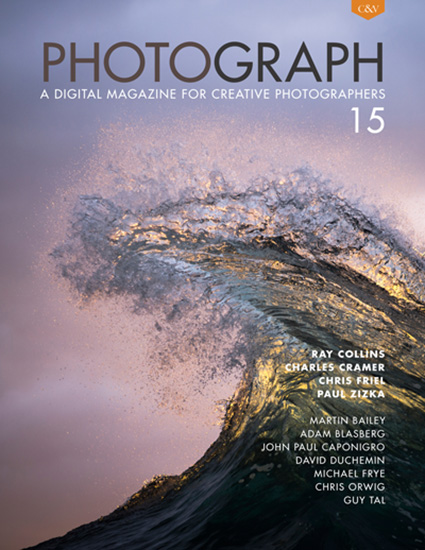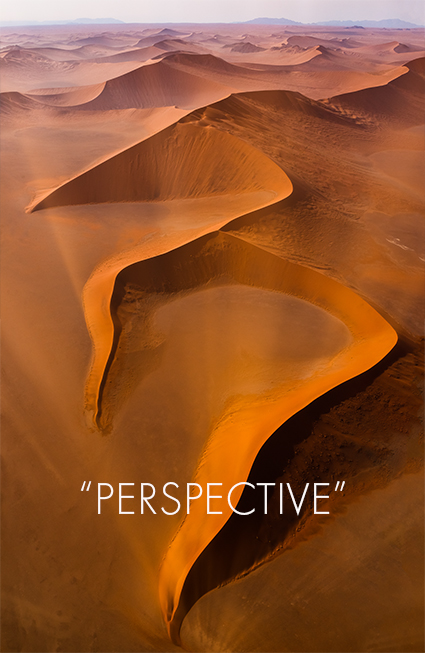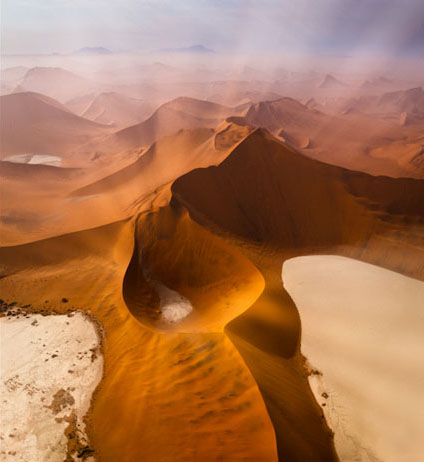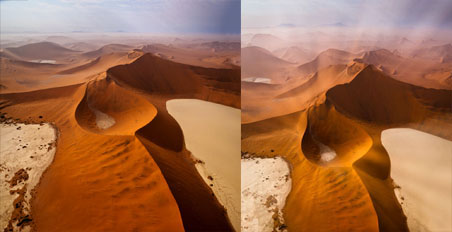Three Ways To Tell A Story More Creatively – It, I, You
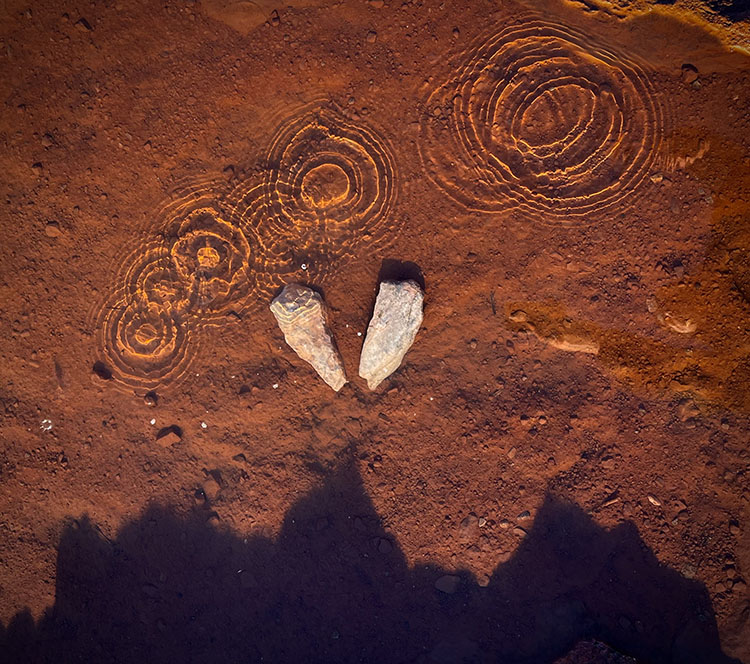
Using words can help you find new perspectives that can be translated into images. How? Tell a story, from at least three different points of view – it, I, and you.
–
First, tell the story in the third person (it) as a distant observer – “Just the facts ma’am.”
What images are needed to tell your viewers a complete story about your subject?
This perspective tends to be more objective, emphasizing facts and linear timelines so you do more research. It values clarity, balance (all sides of a story), and completeness (the whole story). It tends to avoid metaphor and stylistic distortion. It’s rarely the easiest way to build empathy for you subject. Be careful not to keep too much distance from your subject and find ways to make your viewers care.
–
Next, tell the story in the first person (I) as an involved participant – “How do I feel?”
What images are needed to tell your viewers the story or you experience with your subject?
This perspective makes it personal and so draws your viewers closer to you by helping them to live vicariously. This viewpoint can become highly subjective and opens up a lot of room for interpretation. It can become like a journal. In translating this to images you might include the traces of things you do and leave behind or even yourself. (Go ahead and stand by or with your subject but be careful not to leave your subject behind.)
–
Finally, tell the story in the second person (you) as if you were the subject – “How does it feel to be you?”
What images are needed to tell your subject’s story from the inside out?
This perspective encourages empathy, initially in you and later in your viewers. You can move deeper into this perspective by asking, “If I were you I would sense, think, and feel …” It might seem strange at first to do this with inanimate subjects – like rocks or buildings or roads. Remembering what it was like to be a kid playing these kinds of games will help you a great deal here. (We all know how creative kids can be, so have fun and play a little.) This perspective may encourage you to photograph from different perspectives; get closer or further, lower or higher, or turn around and photograph what your subject might see. Often, this voice will help you discover the most unusual perspectives.


